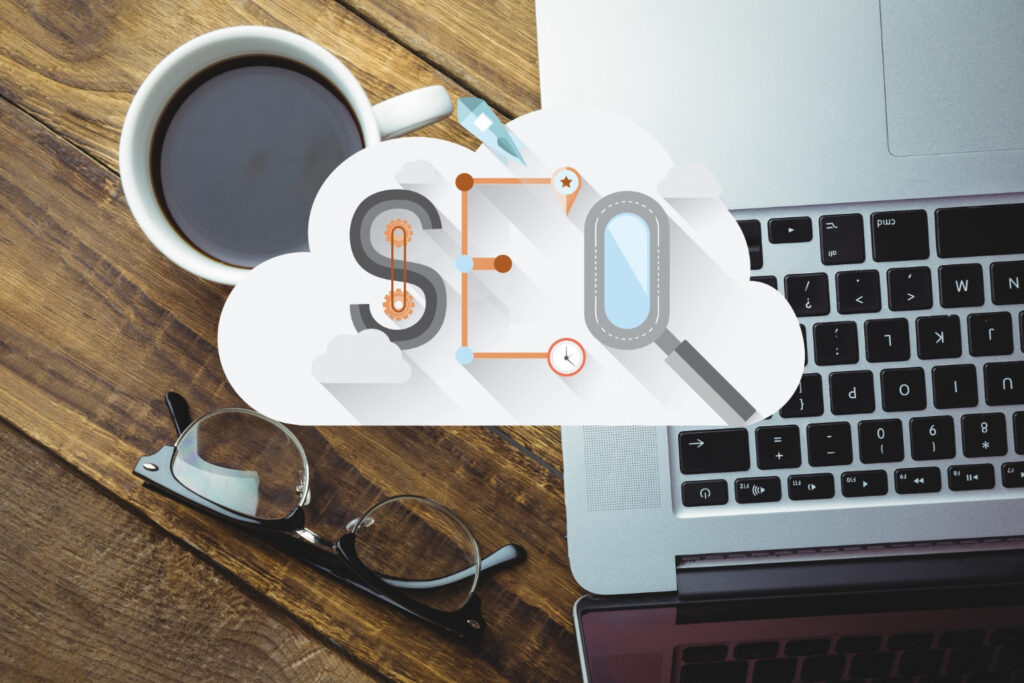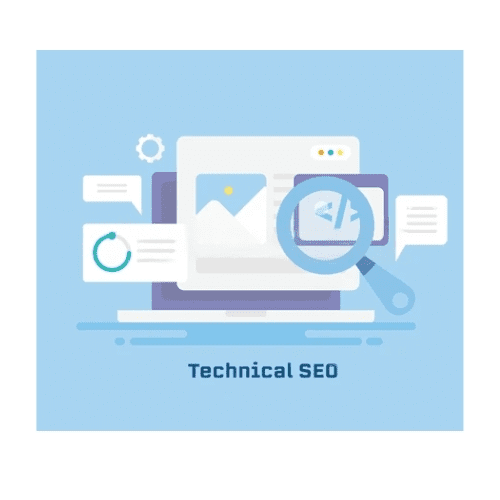As a business owner or marketer, you’ve likely heard of search engine optimization (SEO) and search engine marketing (SEM), but you may not be sure what sets them apart or how to use them effectively. In this article, we’ll explain the differences between SEO and SEM and provide tips on how to use them to improve your online presence and drive traffic to your website.
What is SEO?
SEO refers to the process of optimizing your website and its content to rank higher in search engine results pages (SERPs). When people search for keywords related to your business, you want your website to appear as close to the top of the SERPs as possible. This is because research has shown that the higher a website appears in search results, the more likely people are to click on it.
There are two types of SEO: on-page SEO and off-page SEO. On-page SEO refers to the elements on your own website that you can optimize, such as the content and HTML source code. Off-page SEO refers to the factors that impact your website’s ranking, but are not on your website, such as the number and quality of links from other websites.
To improve your SEO, you can focus on a number of factors, including:
- Keyword research: Identify the keywords and phrases that your target audience is searching for, and use them in your website’s content and metadata (e.g., page titles and descriptions).
- Content quality and relevance: Create high-quality, informative content that addresses the needs and interests of your target audience. Make sure your content is relevant to your business and includes your target keywords.
- Mobile-friendliness: As more and more people use mobile devices to access the internet, it’s important to make sure your website is mobile-friendly. This means it should be easy to read and navigate on a smartphone or tablet.
- Page loading speed: If your website takes too long to load, visitors are likely to leave before they even see your content. Make sure your pages load quickly by optimizing images and other media and reducing the number of redirects and plugins.
What is SEM?
SEM refers to the practice of using paid advertising to appear in the SERPs. This can include pay-per-click (PPC) advertising, such as Google AdWords, or cost-per-impression (CPI) advertising, where you pay each time your ad is displayed.
The main difference between SEO and SEM is that SEO is a free, organic way to improve your website’s ranking, while SEM involves paying for visibility in the SERPs. While SEO can take time to have an effect, SEM can provide immediate results.
To use SEM effectively, you need to:
- Identify your target audience: Who are you trying to reach with your ads? Consider factors such as age, location, interests, and income when defining your target audience.
- Choose the right keywords: Just like with SEO, it’s important to carefully select the keywords you want to target with your ads. Use tools like the Google Keyword Planner to research popular keywords and choose ones with a high search volume and low competition.
- Create compelling ad copy: Your ad copy should be clear, concise, and compelling, and it should include your target keywords. Use action verbs and a strong call-to-action (CTA) to encourage clicks
- Optimize your landing pages: Your landing pages should be closely aligned with your ad copy and keywords, and they should include a clear CTA and form to capture lead information. Optimizing your landing pages can improve the conversion rate of your SEM campaigns.
- Use A/B testing: A/B testing, also known as split testing, involves creating two versions of an ad or landing page and seeing which performs better. This can help you determine which elements of your SEM campaigns are most effective and make informed decisions about how to optimize them.
- Monitor and analyze your results: Regularly monitoring and analyzing the results of your SEM campaigns can help you identify areas for improvement and optimize your strategy. Use tools like Google Analytics to track key metrics such as click-through rate (CTR) and cost-per-click (CPC).
Conclusion
In conclusion, SEO and SEM are two different, but complementary, strategies for improving your online presence and driving traffic to your website. By using them together, you can reach a wider audience, generate leads, and improve conversions. Remember to regularly monitor and analyze the results of your campaigns to optimize your strategy and maximize your ROI.
Get in touch with the Gignaut team today to start measuring and improving your marketing efforts.
Check the SaaS SEO Handbook to learn more




